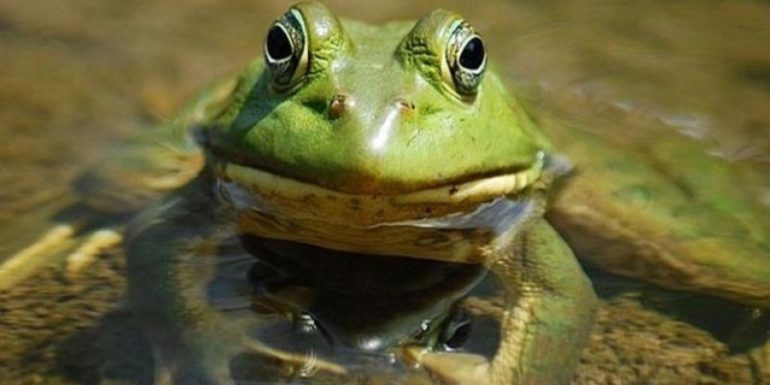Researchers in the US have managed to regenerate almost complete legs of frogs that had previously been mutilated.
The achievement, thanks to a "cocktail" of five drugs, is a milestone in the goal of regenerative medicine to achieve in humans what some animals can do such as salamanders, crabs, some lizards, some worms and of course superheroes. of comics: to regenerate a severed limb or even their entire body.
Humans simply have the ability to close their wounds with the regeneration of new tissues, while only the human liver can be completely regenerated even if it loses 50% of its size. The prospect of natural regeneration - rather than replacement with a prosthesis - is now a distant dream for millions of patients who have lost their upper or lower limbs to injury, diabetes or any other cause. But it is also a "dream" for frogs - and other mammals - that also can not regenerate their lost limbs.
Researchers at Harvard and Tufts universities, led by Assistant Professor Nirosa Murugan II, who published the paper in the journal Science Advances, succeeded in inducing natural regeneration in the amputated legs of frogs, using a combination of protein contained in a silicone bioreactor (BioDome), which had been attached for only 24 hours to the root of the severed limbs of the animals (which had unfortunately been previously mutilated on purpose). The "cocktail" of drugs - each of which played a different biological role - set in motion an 18-month process that resulted in the regeneration of a nearly complete functional limb, through the development of new nerves, blood vessels and muscles.
The new limbs of the frogs had a bone structure similar to the natural limbs, while several toes developed from the end of the legs. Animals could use their regenerated limbs to swim in the water and generally move like a normal frog.
"It is fascinating to see that the drugs have helped to create an almost complete limb. "The fact that it only took a brief exposure to the drugs to start the multi-month regeneration process shows that frogs and perhaps other animals have latent regenerative abilities that can be triggered to activate," Murogan said.
Link to the scientific publication:
Source: RES-EAP
